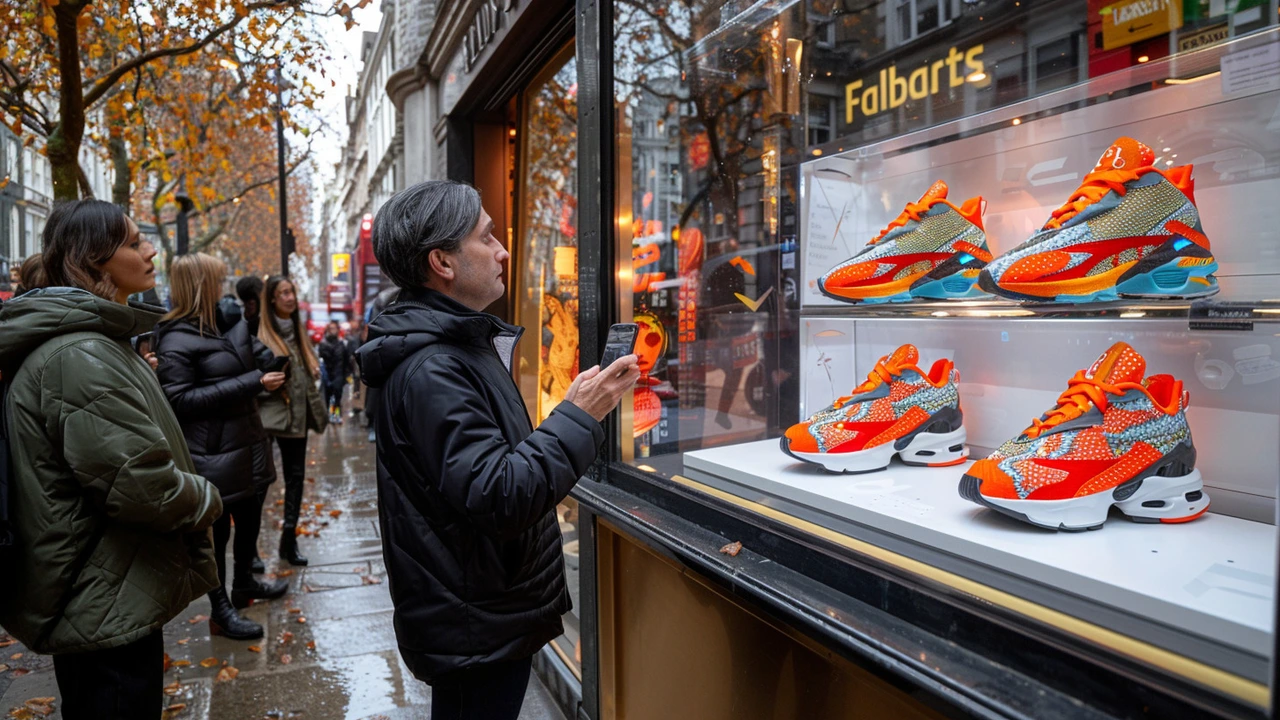Consumerism and Art: How Design Shapes What We Buy
Art doesn’t stay in galleries. It shows up in the chair you sit on, the poster on your wall, and the app icons on your phone. Design trends born in movements like Bauhaus, De Stijl, or Baroque Revival set the rules for what's fashionable and what people want to buy. Recognizing those rules helps you spot good design, avoid impulse buys, and make smarter choices that last.
Look at Bauhaus—its clean lines and focus on function changed furniture, architecture, and everyday objects. That influence shows up on high-street products and tech gadgets. De Stijl pushed grid-like layouts and bold color blocks into graphic design, so much of what looks “modern” online borrows from it. Even movements that sound distant from shopping, like Fluxus or Futurism, shape experiences: installation-style retail displays, immersive brand events, and futuristic smart-city products affect how we spend and what we value.
How art trends land in products
Designers borrow visual language from art movements and translate it into things people buy. A furniture maker uses Bauhaus principles to sell a sofa that promises both comfort and honesty in materials. A streetwear brand lifts bold block colors from De Stijl for a limited drop. Home décor writers turn Baroque details into “modern baroque” pieces that look luxe but are mass-produced. Brands know these cues trigger trust, status, or nostalgia—so they use them to push products fast.
Practical tips: shop with taste, not impulse
First, ask what the piece does for you, not how it looks in a photo. If a lamp is Bauhaus-inspired, check build quality and whether its function matches your need. Second, mix a statement style with basics: pair a bold Baroque mirror with simple shelving to avoid a themed-overload. Third, set a rule for trends—try them in small, cheap items first (pillows, prints) before committing to big buys like sofas. Fourth, prefer makers who explain materials and process. That often means better longevity than a cheap trend item. Finally, think resale or reuse: well-made pieces tied to clear movements often hold value or are easier to repurpose.
Quick checklist before you buy: check materials (solid wood, metal, natural fibers beat particleboard and plastic), look for joinery or solid frames not just glue, read maker info — brands that tell you where something is made usually care, ask about warranties or repair options, and search resale sites to see if similar pieces keep value. If three of five checks fail, skip it. This makes trend shopping less risky and keeps your space from filling up with short-lived stuff. It also saves money.
Want specific reads? Check pieces on Bauhaus design, Avant-Garde home décor, Baroque Revival, and Futurism’s role in smart cities and gaming. Those articles explain how the same art ideas move from studio to shop and how you can use them without getting swept up in needless spending. Explore the Consumerism tag to learn which trends are worth your money and which are just noise.

